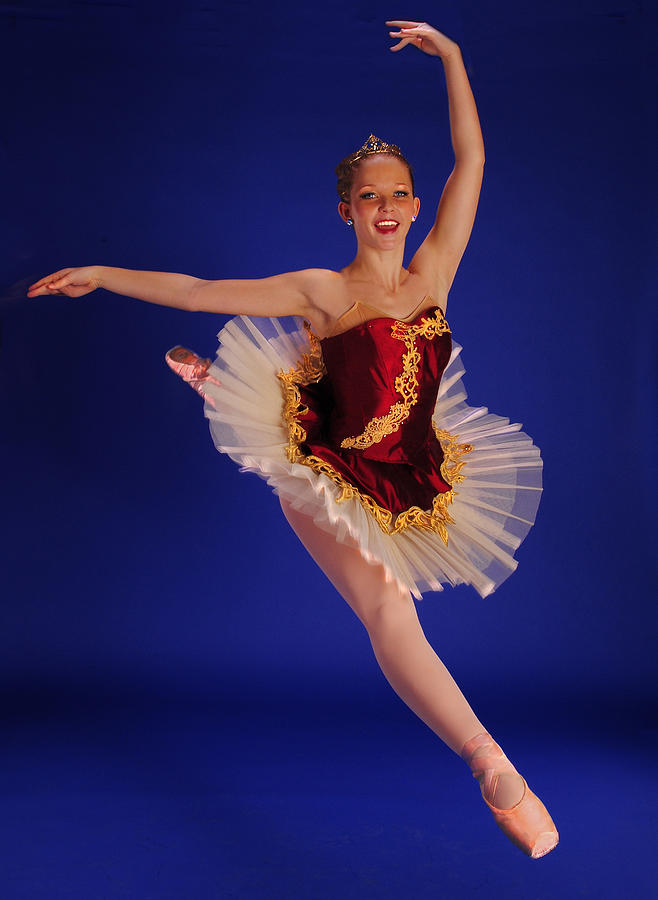

The “ban on them,” that is, the stylistic restriction limiting their use, had been done away with by Costa’s day, as an upshot of the meltdown of the system of distinct styles at the end of the eighteenth century (Fairfax 2003: 257-91). (Costa 1831: 227)Ĭosta mentions only “grotesque dancers,” but it was common terminological practice to lump together the two closely related styles of the comic and grotesque and refer to them by one term, either the comic or grotesque, even though they were, strictly speaking, not identical. As Pasch (1707: 61) notes, comic and grotesque dances “must be formed and arranged in contravention of all the rules that belong to the serious.” That such a practice was indeed proper to the low styles is clear from the following (as well as from other sources not cited here):Īll the beaten springing steps and capers must be done with the knees well stretched as the legs interweave when bounding into the air, and this is what is known as fine dancing, for drawn-up capers were used in the past only in the theater, contrary to the rules, by grotesque dancers, and if today good taste has removed the ban on them, it would be unseemly to see them done in a hall for civil conversation. It was, as it were, a kind of “thumbing the nose” at the high styles, wherein a stretched leg was de rigueur. This drawn-up execution was proper only to the low styles (comic and grotesque) and was not found in the high styles (serious and half-serious). Two versions of the reflex of eighteenth-century first position of the arms (Zorn 1905: 86).

(The arguments supporting this claim are too lengthy to be presented here.)įigure 4. The three possibilities are as follows, arranged in order of decreasing frequency of use, as far as that can be determined: vertical to the floor (as shown in figures 2 d and 3 d) diagonally flexed, following more or less the line of the thigh above or fully pointed, as in modern practice, i.e., following the line of the shin above. (In a future blog-post, I will give a short introduction to the arm positions of early ballet.) Furthermore, the shape of the foot when picked up was variable and apparently dependent on personal style. A slight bit of rounding at the elbows was also apparently possible but is not shown here such variability in shape was certainly true of the reflex of this position in the nineteenth century (fig 4). In all of these reconstructions, the dancer is shown with the arms in so-called first position, the norm in the comic and grotesque. A reconstruction of the comic changement de pieds with one foot drawn up the land on the floor is not shown. As an example, I include here reconstructions of two different ways of executing a comic changement de pieds, with the legs straight (fig. ”Ī consideration of all the references to this practice – I have given only two here – makes it clear that any jump, whether beaten or not, could be performed in the low styles with the feet picked up, as well as with the legs stretched straight. Such jumps could be denoted in Italian by either ritirato or rancignato / ranzegnato, both meaning ‘drawn up.’ The former author (1716: 1/3 2/45), for example, notes in one of his dance scenarios, almost certainly grotesque in style, that the dancer is to do “ ranzegnati, that is, with the knees and feet drawn up.” And Magri (1779: 1/122) writes at one point that “all these sorts of capers stretched can likewise be done drawn up, be they French, Italian, or Spanish entrechats or cabrioles the only difference is that the legs are shortened or drawn up. These bent-legged jumps are mentioned or described a few times in some of the eighteenth-century sources, the most important of which in this context are Lambranzi (1716) and Magri (1779).

That is to say, while airborne, the dancer bent the knees and drew the feet up under the torso. One of the distinctive features of the comic and grotesque styles was the practice of “picking up the feet” in jumps. Indeed, some movements and positions were proper to only one style and thus were not used in the other three. The choice between these then depended on the role and the general style performed. In practical terms, this meant that a single given step would have had potentially four or more different manners of execution. One of the most interesting aspects of eighteenth-century ballet was its system of distinct styles: There was not one technique but rather four, commonly called the serious, half-serious, comic, and grotesque. The Bent-Legged Jumps of Eighteenth-Century Ballet


 0 kommentar(er)
0 kommentar(er)
